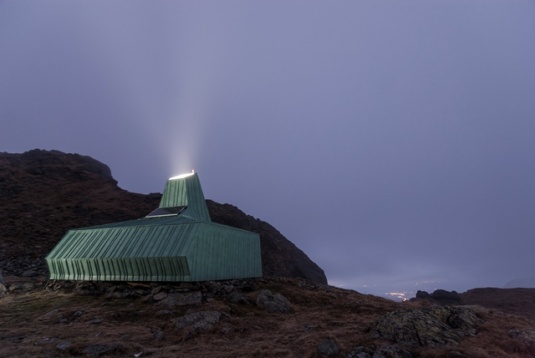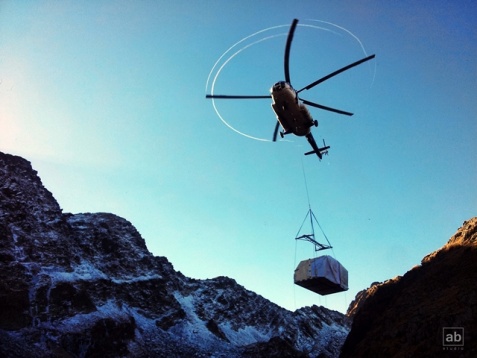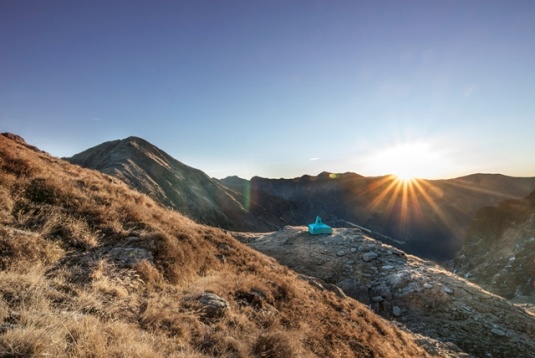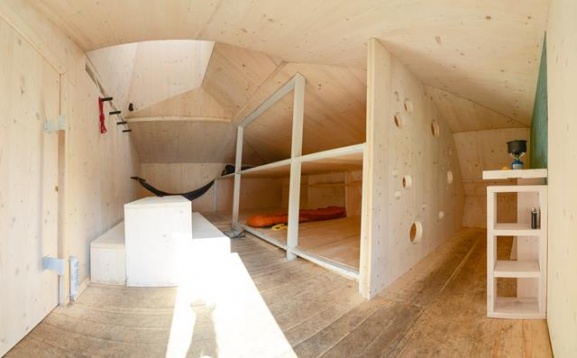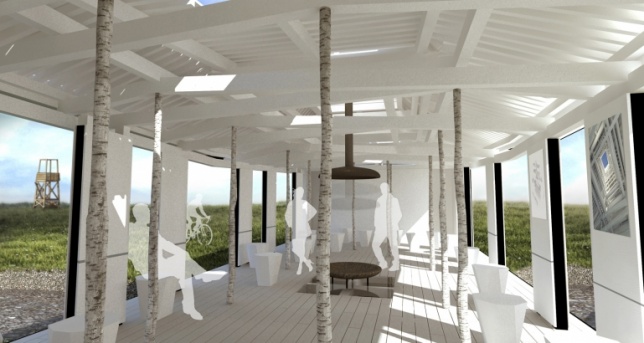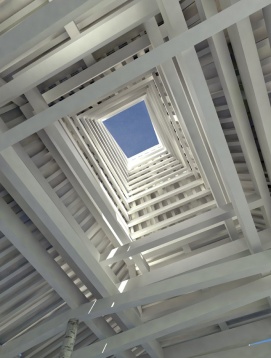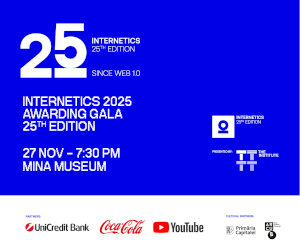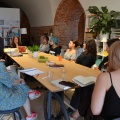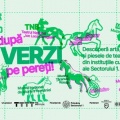Marius Miclaus is an architect . Between 1997 and 2010 he taught classes in Theory of Architecture and Design at the Architecture Faculty, Politechnic University, Timișoara. In 2014 he collaborates, as a teacher, with Sapienza University, Rome. Since 1998 he is active in different proffesional organizations like The Association of Architects inTimisoara, The Order of Architects from Romania and between 2004 and 2008 he was the vicepresident of The Architects Union in Romania. He coordonates, since 1996, the architecture studio Archaeus, winning architecture and urbanism competitions, both național and international, the works being published in Spain, India, Slovakia, Greece etc . Between 2000 and 2005 he coordonates and coorganizes the program „Restoration of architectural surfaces”, financed by Unesco – UVO ROSTE Venice Office, a program dedicated to restoration master students în Est Europe. În 2012 he begins his doctoral studies în Timisoara. From 2010 he is the president of Archaeus Foundation, with internațional programs among wich – Sky Hill Projekt, Peripatetica and Borangic. In 2014 he graduates the Master in Yacht Design from Politecnico University, Milan with scholarship.
Last years completed works include:
Carol Davila Hospital – Extention/ 1-st prize at the Internațional Competition, 2005;
Reabilitation of Theresia Bastion, Timisoara/ 1-st prize at the Național Competition, 2003 ( medal at the Architecture Bienale BNAB 2012 for public spaces) / Honorable mention at European Gubbio prize / ANCSA 2015.
ROMANIAN DESIGN WEEK APPEARANCES
2016//TAKE A(L)TTITUDE
ROMANIAN DESIGN WEEK APPEARANCES
2016//TAKE A(L)TTITUDE
For an architect, the challenge is the fuel that subtle keeps him alive...
"We had a vague idea about what it meant accepting the challenge to design a refuge at 2,100 m within a restricted budget, especially since we asked to build it ourselves, based on the 10 year experience of workshops with students.A lighthouse in the Fagaras mountains... at Caltun, in Romania, this was to be the theme of study. Along with all the other sub-themes – the transport by helicopter which became defining for design (more than 4 hours of talks with the pilots mapped the execution technology and project implementation), it was also discussed the execution under extreme conditions, the careful choice of materials for a special space and the induction of an attitude ... at a(l)ttitude ... Everyone involved was to learn from this extreme experience. Any mistake could lead to failure ... so the pressure was high" said Marius Miclăuș.
The simple but more than necessary function in one of the most exposed to accidents areas in Romania’s mountains is organized in first aid room for mountain rescue team (3 places) and space for tourists (19 places). The location was slightly moved from the previous 40 year old shelter, given the lake protection against pollution and functional reasons (the platform becomes helicopter landing area in case of emergency) while also avoiding the continuous wind current of Caltun valley.The photovoltaic panel gives energy independence for this tourism structure and is placed on the roof, at the base of the tower, which brings in the light spectacle throughout the day. The object
itself becomes a signal, a lighthouse . . . for a new attitude.

















